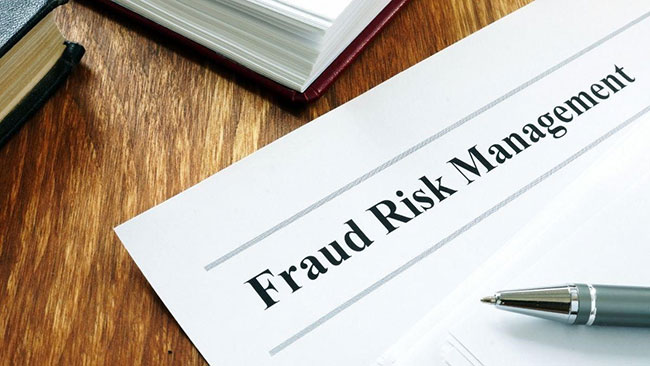Insuring against Fraud Risks

One of the pillars of insurance is the principle of solidarity, which is based on the distribution of the damage among a large number of persons threatened by the same peril and who, in some way, are jointly and severally liable for it.
Fraud goes against the principle of solidarity in the sense that it is specific to a certain business operation when talking about employee and third party fraud that is unrelated to mass cyber attacks.
In order to have peace of mind that insurance acts correctly and that assets are protected, it is important to reword the insurance so that it is tailored to the specific fraud risk scenarios that a business faces.
Fidelity bond
A fidelity bond, also known as crime insurance coverage, is focused on insuring financial loss resulting from fraud committed by a company’s employees or third party service providers.
Fidelity bonds are often required by regulators for financial institutions and businesses in certain industries.
Although often overlooked by many, fidelity bonds can also benefit customers, not just the insured entity itself. However, the bond must be reworded in order to accurately reflect the true nature of a company’s fraud risk. This has to be done independently of any broker or insurer.
Liability Risk from Fraud Risk
Liability risk is a bi-product of all business risks, which include fraud risk. Meaning a fraud risk event could transform itself into a liability risk event. For example, a client’s funds held at a company are stolen by one of the company’s employees, which prompts the client to sue the company.
There are specific insurances for scenarios in which losses related to liability risk are generated. Liability risks are usually covered by liability insurance, which includes D&O Insurance, also known as Directors and Officers Liability Insurance. D&O insurance is one of the most important forms of liability insurance because it protects the individual managers and board members, as well as the company itself, in case of a lawsuit. So in essence it is also an important form of insurance when thinking about a fraud risk event that translates into a liability risk event.
Representations and Warranties Insurance
What happens if one of the parties to a contract breaches one (or more) of the representations and warranties contained in the agreement they have entered into? What happens if this breach causes loss to one of the parties?
In this case, representations and warranties insurance (Rep and Warranty Insurance or RWI), which is often applied to merger or acquisition (M&A) agreements, provides protection to the party whose representations or warranties have been breached and resulting in financial losses.
But what is the relationship between Rep and Warranty Insurance and Fraud Risk?
Think of RWI as a form of liability insurance specifically for transactional events such as mergers or acquisitions. And as we previously mentioned, liability insurance would protect against the liability risk that can result from a certain fraud risk. In this case, it would be a fraud risk to the M&A transaction itself.
In conclusion, fraud risk can impact any company as well as any transaction such as an M&A. Moreover, fraud risk can be transformed into liability risk. Therefore, it is important for a business and its investors to purchase two forms of insurance to insure against fraud risks:
- A Fidelity Bond
- Liability Insurance, with a priority focus on D&O insurance.
